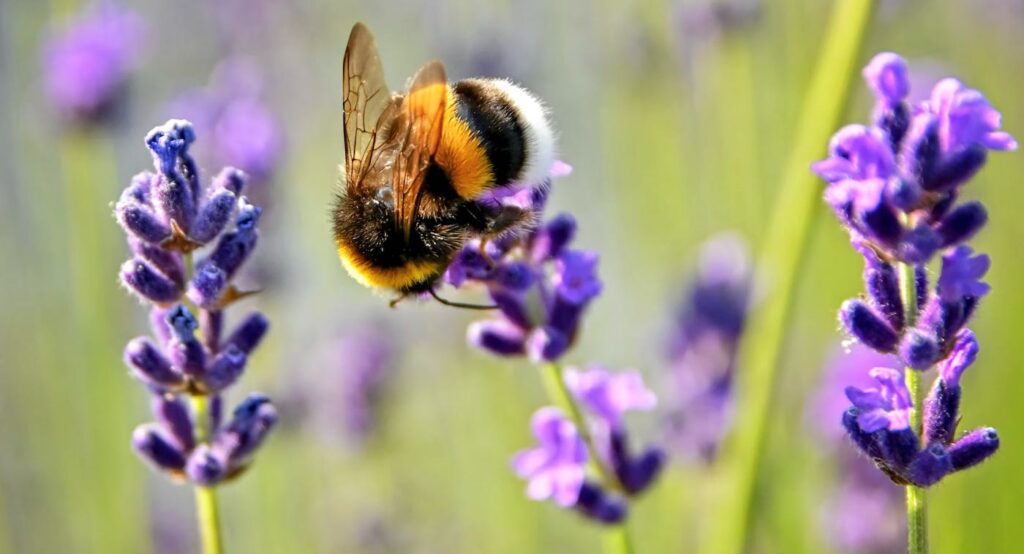Thanks to the persistent efforts of state legislators and a change of stance from Governor Gavin Newsom, California has successfully enacted a groundbreaking law that will prohibit the over-the-counter sale of neonicotinoid pesticides for lawn and garden use by 2025. This stringent measure limits the application of these pesticides to trained professionals in the agriculturally significant state.
The newly passed AB 363 not only restricts the sale of neonicotinoids, commonly known as neonics, but also mandates the California Department of Pesticide Regulation (DPR) to conduct a thorough analysis of the most harmful uses of these pesticides. The goal is to take proactive measures to prevent environmental damage.
Assembly member Rebecca Bauer-Kahan, the bill’s author, has directed the DPR to expedite a comprehensive review of non-agricultural neonic uses, recognizing the need for a timely assessment.
The move by California aligns with a global trend of restricting neonicotinoids due to their significant ecological impact. The European Union and the UK banned even farmers from using neonics unless within closed greenhouses, and Ontario became the first region in North America to impose a ban in 2016. Various US states have also imposed limitations, and major retailers like Lowes, Costco, Walmart, and Ortho have committed to phasing out these pesticides.
Assemblymember Bauer-Kahan expressed her delight with Governor Newsom signing AB 363, emphasizing that it eliminates harmful pesticides and safeguards the environment without restricting farmers.
Neonicotinoids, recognized as the most widely used insecticides globally, have been linked to significant ecological harm, particularly to bees and other insects. Once introduced into the environment, neonics persist in the soil for extended periods and can travel long distances through rain or irrigation water. The new law marks a significant step in protecting public health and ecological well-being in California, addressing both agricultural and non-agricultural uses of neonics.
